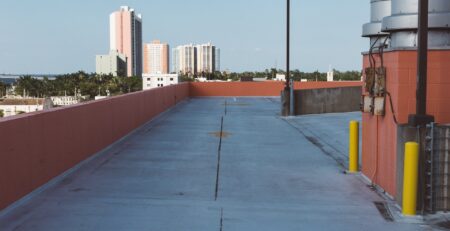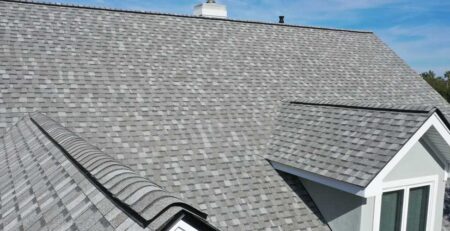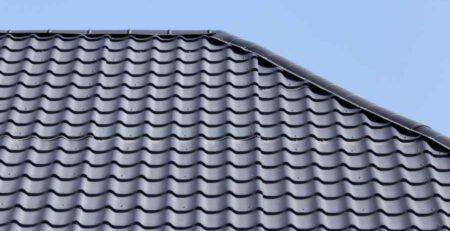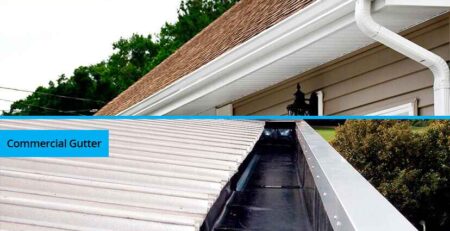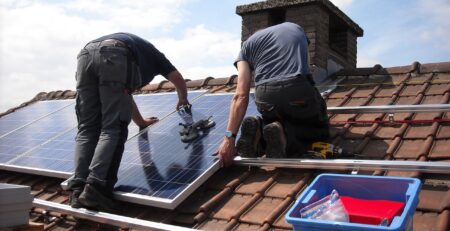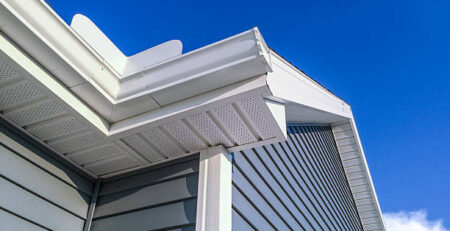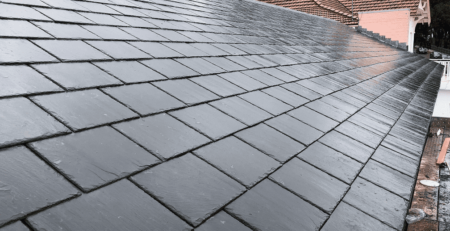Is Your Roof Ready For Solar Panel Installation?
When contemplating solar panel installation, conducting a comprehensive evaluation of our roof is crucial. As Toledo roofers, we must identify any leaks, damage, or weaknesses that could hinder installation. Confirming that the roof material is suitable and durable for mounting systems is essential. Additionally, we need to assess the roof’s angle and slope to maximize energy output, aiming for a 15-40 degrees tilt for optimal sunlight absorption. Addressing shading issues by minimizing any shade-causing elements is also essential. Moreover, examining the roof’s structural integrity to ensure it can support the additional weight of solar panels is paramount. Any weaknesses discovered during this assessment should be promptly rectified to ensure safety during installation. Conducting a thorough roof assessment is indispensable for ensuring successful readiness for solar panel installation.
Roof Assessment for Solar Panels
Before proceeding with solar panel installation, it is vital to thoroughly assess your roof’s condition to guarantee it can support the panels effectively. Start by performing a detailed roof condition check to identify any existing issues such as leaks, damage, or structural weaknesses. This step ensures that the roof is in good shape and capable of accommodating the additional weight of solar panels.
Additionally, it is important to evaluate the suitability of your roof material for solar panel installation. Different roofing materials have varying levels of durability and compatibility with solar panel mounting systems. Understanding whether your roof material can withstand installation and support the panels long-term is key to successfully integrating solar energy systems.
Considering Roof Angle and Slope
Evaluating the angle and slope of your roof is essential when planning for solar panel installation to optimize energy production efficiency. Conducting a sun exposure analysis to determine which areas receive the most sunlight throughout the day is vital. Ideally, your roof should have a slope of 15-40 degrees to maximize solar absorption. This angle allows for proper rainwater runoff while ensuring the panels receive adequate sunlight.
Moreover, roof orientation optimization is critical. South-facing roofs often receive the most sunlight in the northern hemisphere, making them ideal for solar panel installation. By considering these factors, you can make sure that your solar panels are positioned for maximum energy generation, ultimately increasing the cost-effectiveness of your solar energy system.
Addressing Potential Shading Issues
Addressing potential shading issues is essential when preparing for solar panel installation to guarantee the best energy production efficiency. Shading solutions are essential to maximize sunlight exposure and optimize solar energy generation. When evaluating potential obstructions like trees, consider alternative options such as tree trimming or removal to minimize shade interference.
Consulting with a professional solar panel installer can help determine the best action to mitigate shading effects. By proactively addressing shading issues, homeowners can make sure that their solar panels operate at peak performance levels. Taking the necessary steps to avoid shading problems will ultimately lead to increased energy savings and a more efficient solar energy system.
Roof Structural Integrity Evaluation
Ensuring the successful installation of solar panels hinges upon a thorough assessment of the roof’s structural integrity. Conducting a detailed structural inspection is crucial to verify the roof’s ability to support the added weight of the solar panels. Various factors must be carefully evaluated, including the roof’s age, existing damage, and material condition. Determining the roof’s load capacity is imperative, as solar panels exert significant weight that must be safely distributed across the structure. Identifying any signs of weakness or deterioration during the inspection is essential for promptly addressing potential safety hazards and guaranteeing the longevity of the solar panel system. Prioritizing the structural evaluation of the roof lays the groundwork for a successful solar panel installation.


